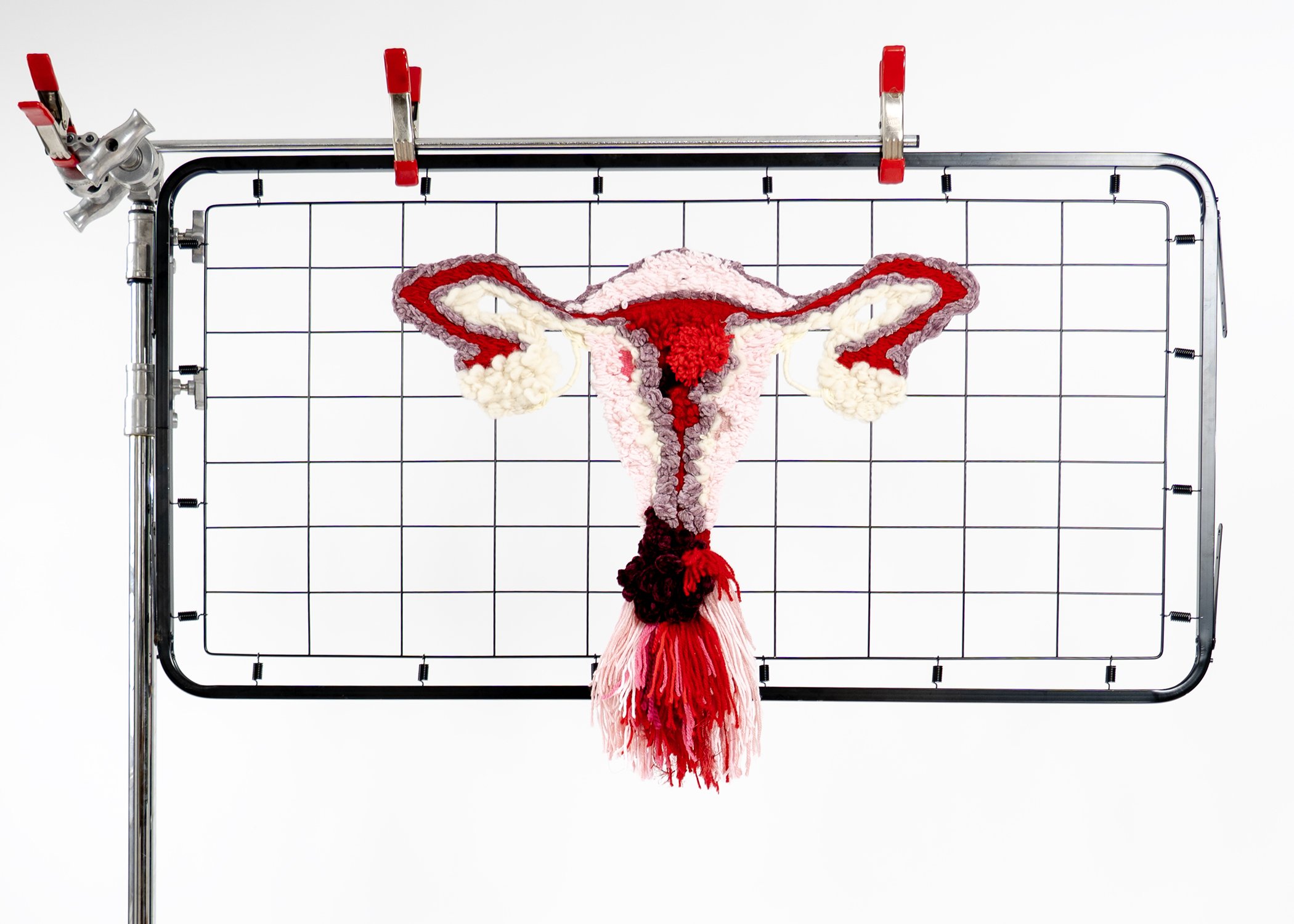
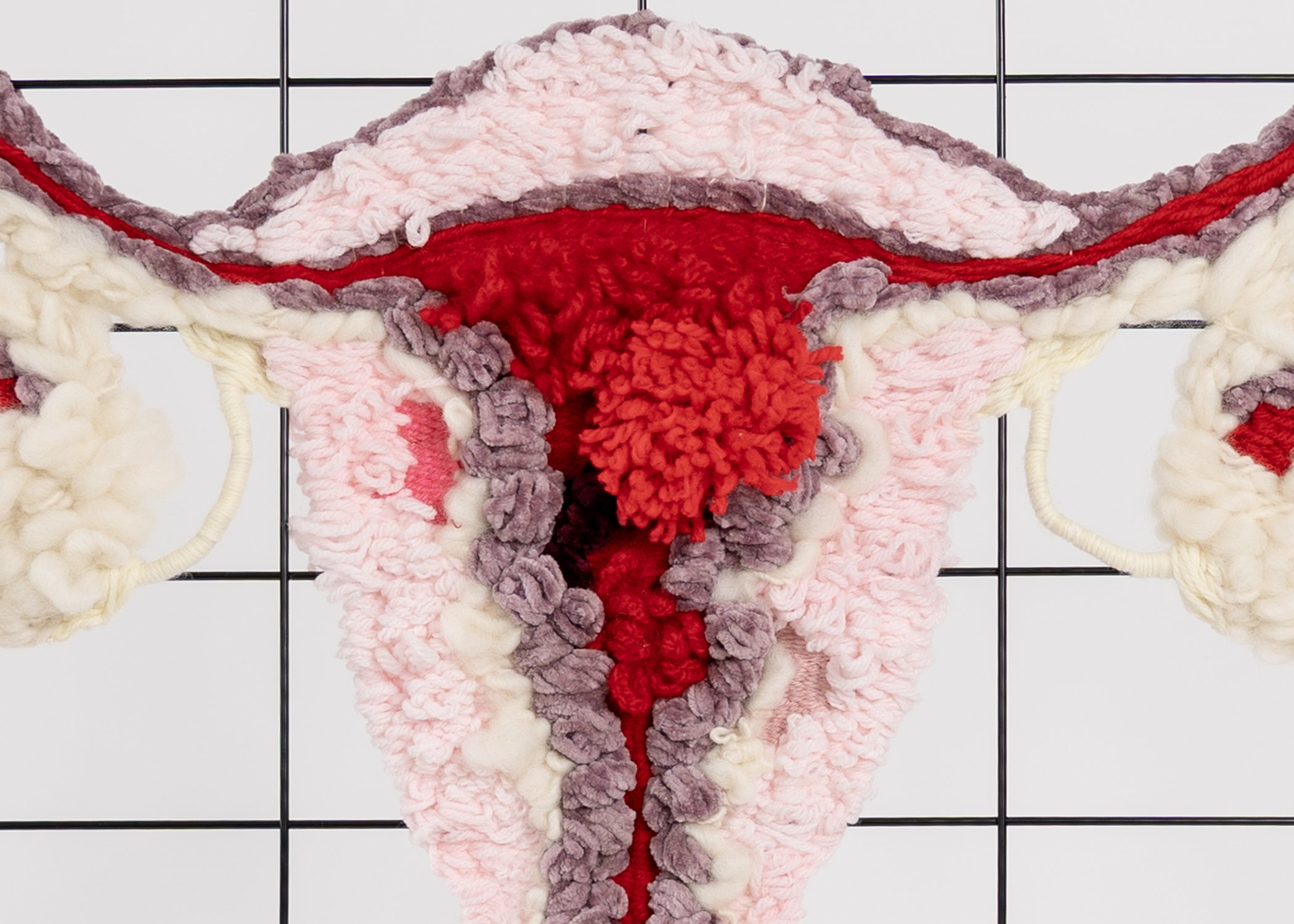
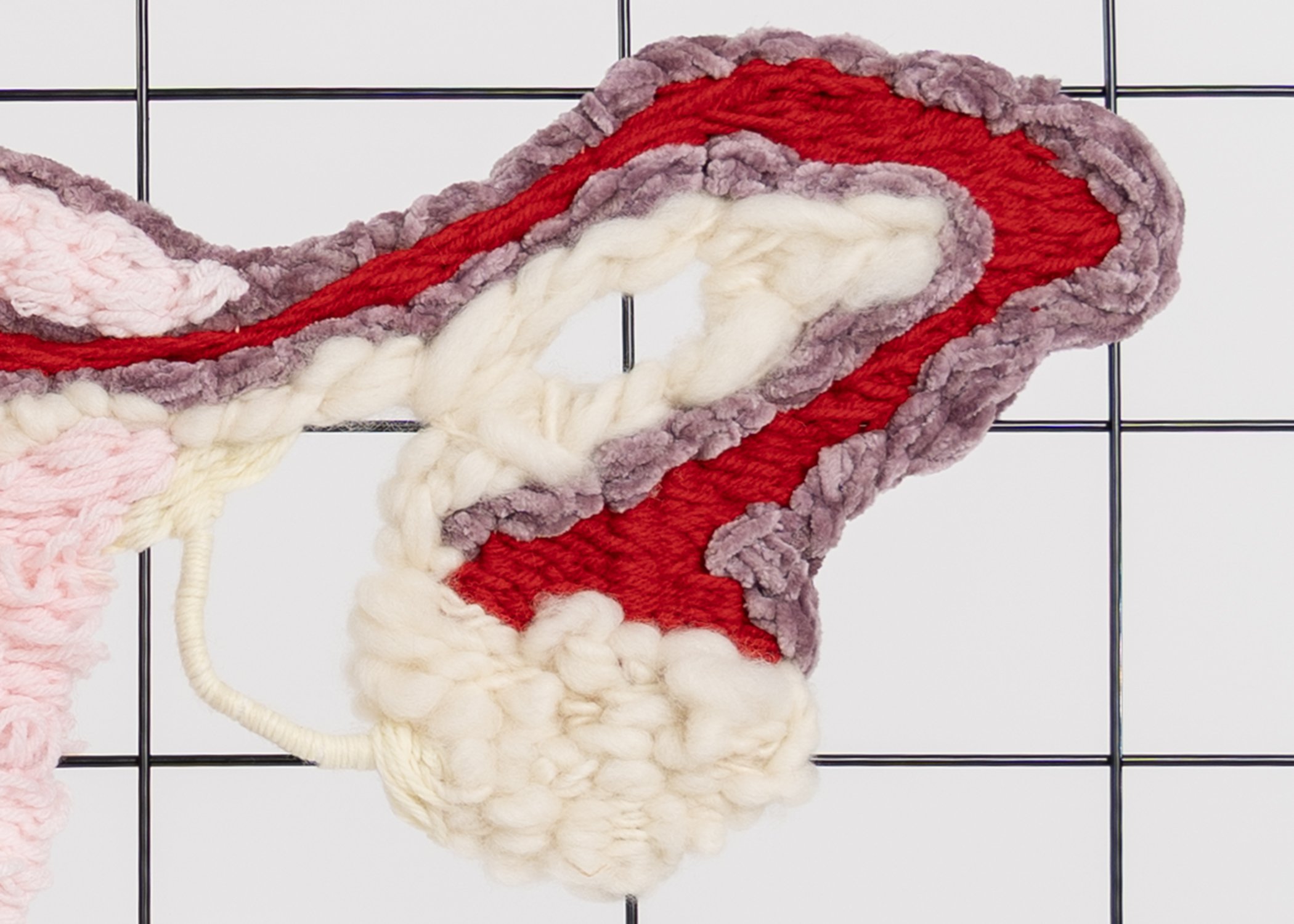
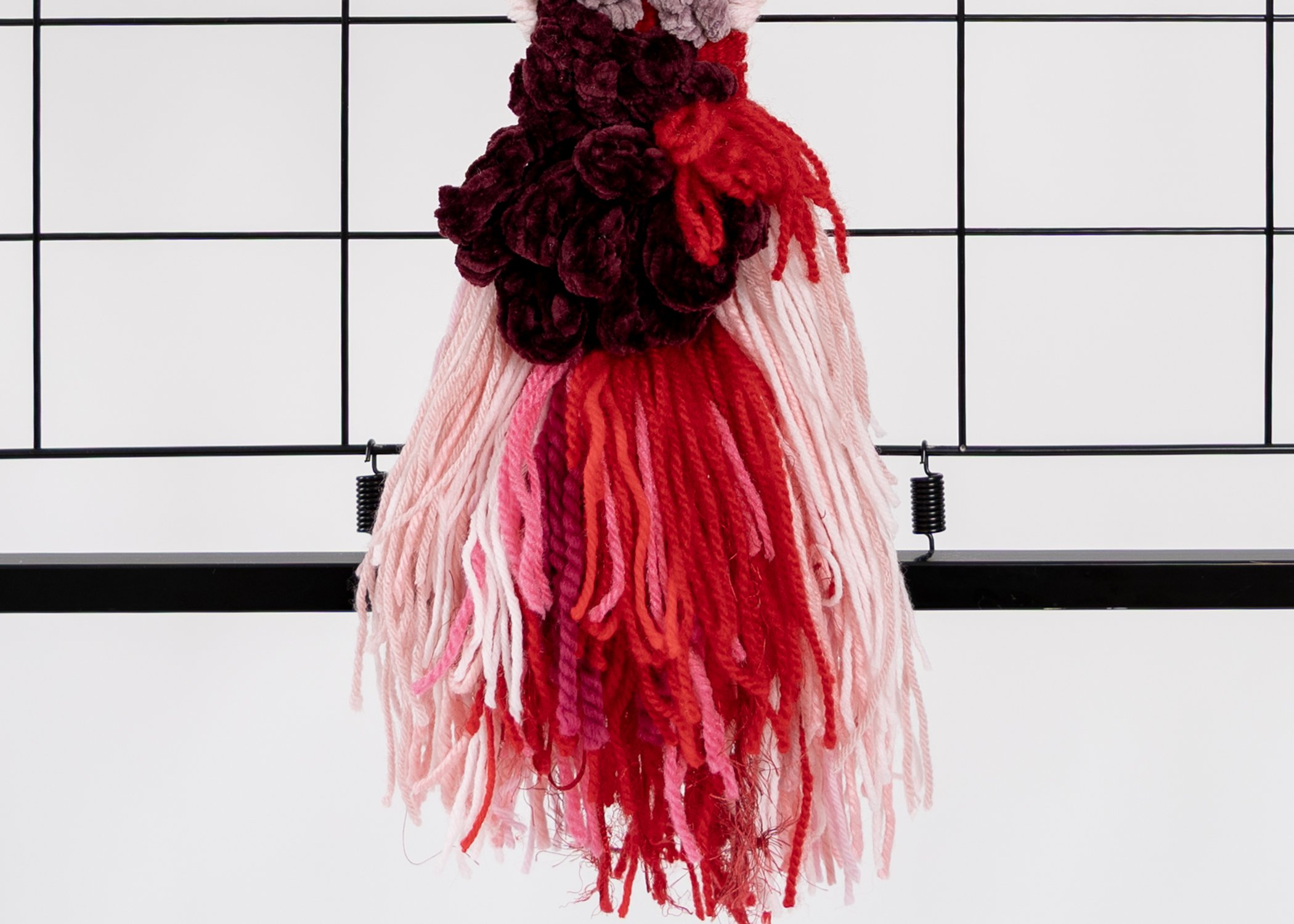
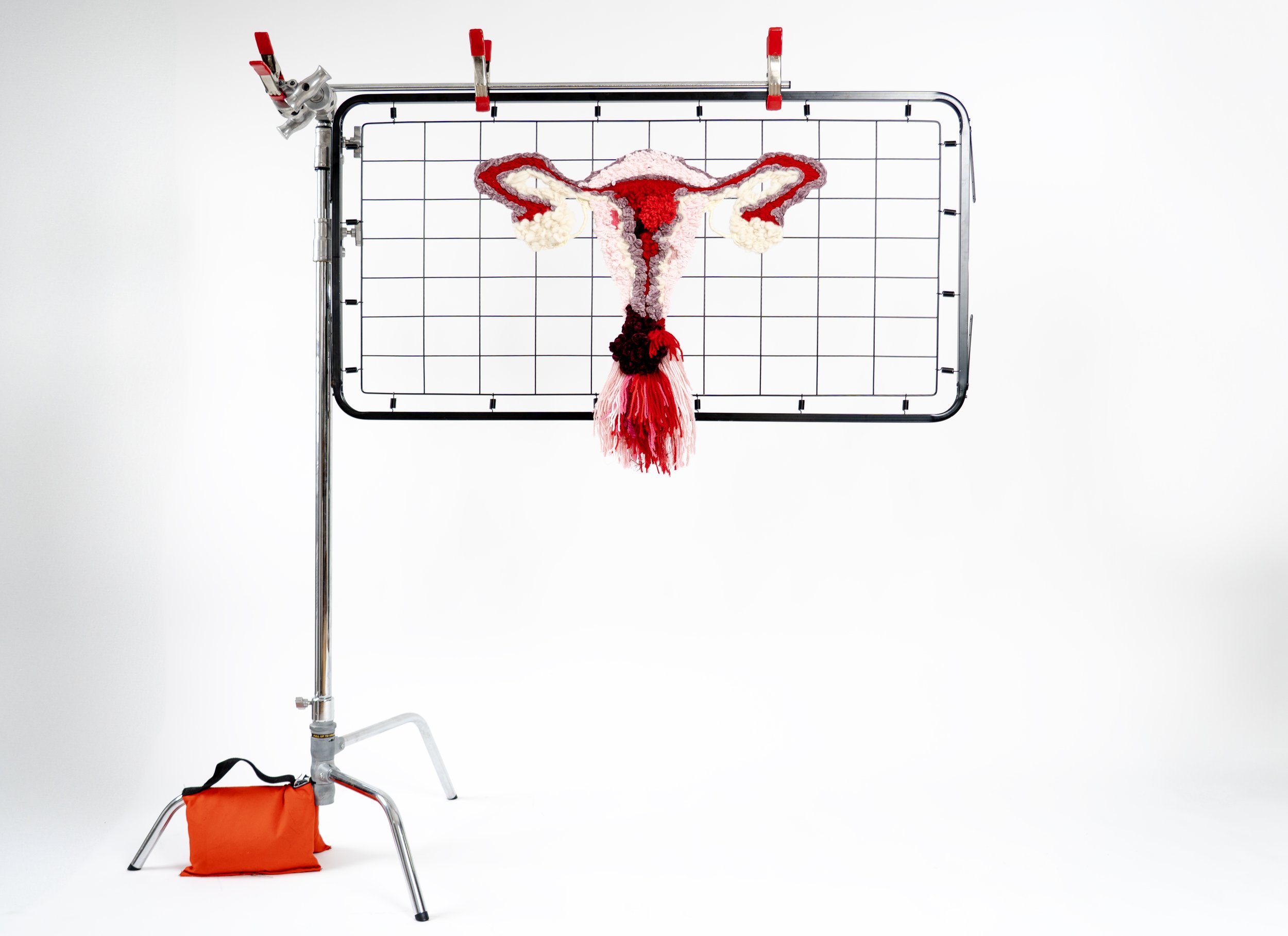
Heterogeneous
[het-er-uh-jee-nee-uhs, -jeen-yuhs]
adjective
1 different in kind; unlike; incongruous.
2 composed of parts of different kinds; having widely dissimilar elements or constituents.
Synonyms: diverse, varied
Antonyms: homogeneous
***
It’s the word you look up when your doctor emails:
HI
The ultrasound report is in
There doesn’t seem to be any polyps or fibroids
But they use the word “heterogeneous”
Let’s do an endometrial biopsy
Just call the office to set up
Without punctuation. Without urgency.
***
It’s the word that leads to considering a D&C in a country where women’s bodies are policed, medical guidance is dismissed, and necessary care has become a political battleground. A D&C is a dilation and curettage surgical procedure wherein the cervix (the lower, narrow part of the uterus) is dilated (expanded) so the lining of the uterus can be scraped with a spoon-like instrument (the curette) to remove abnormal, heterogeneous tissues. It’s the procedure performed for a surgical abortion. It was also the procedure my doctor recommended to rid my uterus of this heterogeneous tissue. In my case (and in many cases for many women around the country), as I was not pregnant, the recommendation for this procedure had nothing to do with the life of an unborn (nonexistent) child. However, it had everything to do with my health—and with preserving my ability to mother the two young children I had already brought into this world. While I (thankfully) reside in a state that protects the right to this procedure, I question what my access to a D&C would look like in other parts of the country. I question why anyone other than myself and my doctor gets to decide what medical procedures I can and cannot have access to. I question why a word as neutral as heterogeneous — clinical, even — can trigger such a cascade of fear, advocacy, rage, and forced resilience in a country consistently rolling back women’s rights and access to healthcare.
This piece, Heterogeneous, consists of a woven female reproductive system integrated into the metal frame of a child’s crib bedspring — a piece of a crib — meant to cradle, protect, support what has been birthed. But here, it cages. It constrains. It fails to protect the woman, her body reduced to an afterthought in a country that consistently devalues her health.
The soft, intricate weaving of the reproductive system — made from a variety of found yarns and fibers — is suspended in tension between motherhood, womanhood, and the systems that seek to define both. The materials speak in contradiction: the delicacy of fiber art collides with the cold rigidity of the metal frame. There’s nurture and violence, creation and erasure. The spring coils echo cycles—of menstruation, of birth, of political backlash. Of being pulled back, again and again, into the fight for autonomy.
I chose the child's bedspring not to center children or childbirth, but to mark the haunting duality of care — the care we give, and the care we are too often denied. This is what it looks like when language ("heterogeneous") becomes diagnosis. When diagnosis becomes politicized. When politicization becomes personal.
This is not just fiber art. It’s anatomy, it’s archive, it’s protest.